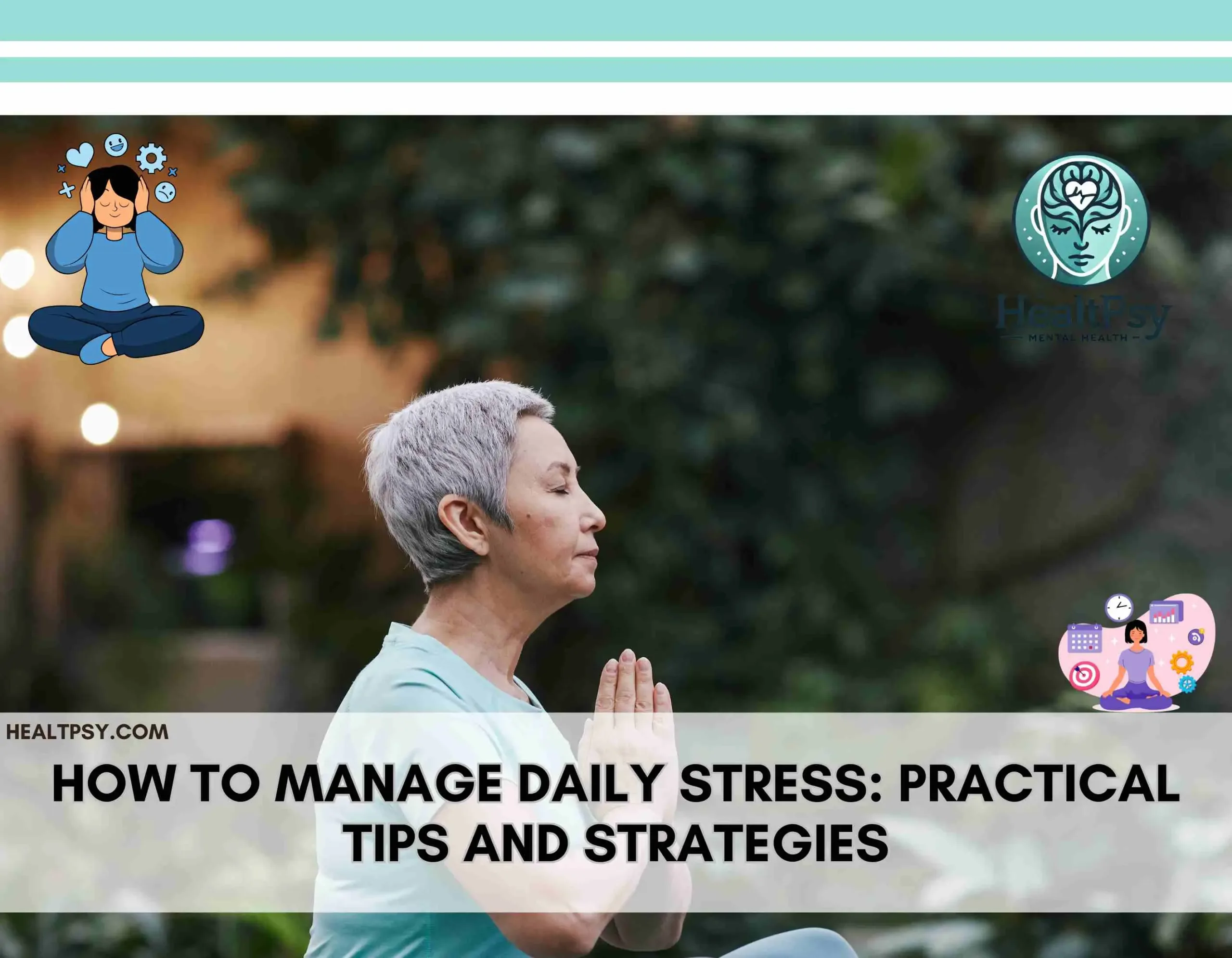10 Ways Creative Activities Help in Alleviating Psychological Stress
Psychological stress has become a common challenge in modern life, affecting individuals of all ages. Stress can negatively impact mental and physical well-being, leading to anxiety, depression, and various health problems. Engaging in creative activities is a proven method to alleviate psychological stress, providing an outlet for emotional expression, relaxation, and cognitive stimulation. This article explores ten ways in which creative activities help in alleviating psychological stress and improving overall mental well-being.
1. Encouraging Emotional Expression
Many people struggle with expressing their emotions verbally, leading to bottled-up stress and frustration. Creative activities such as painting, writing, and music provide a safe space to release emotions in a non-verbal manner. Expressing feelings through art or music can be a cathartic experience, reducing emotional distress and promoting self-awareness. Learn more about the psychological impact of creativity.
2. Enhancing Mindfulness and Focus
Engaging in creative activities encourages mindfulness, which is the practice of being present in the moment. Activities like sketching, sculpting, or crafting require concentration, shifting focus away from stressors. This state of mindfulness helps in reducing anxiety and enhances overall mental clarity. Read more about mindfulness benefits.
3. Boosting Dopamine and Positive Emotions
Scientific studies have shown that engaging in creative activities stimulates dopamine production, the neurotransmitter responsible for pleasure and motivation. Whether it is playing an instrument, writing poetry, or knitting, creativity provides a sense of accomplishment and joy, counteracting feelings of stress and sadness.
4. Reducing Anxiety and Depression
Individuals experiencing anxiety and depression often benefit from creative activities as they serve as a distraction from negative thoughts. Art therapy and music therapy are widely used in clinical settings to help patients cope with mental health challenges. Creativity provides an escape from daily pressures and creates a positive emotional outlet.
5. Strengthening Problem-Solving Skills
Creativity involves exploring new ideas, experimenting with different approaches, and finding innovative solutions. Engaging in creative activities such as puzzle-solving, creative writing, or DIY projects enhances problem-solving skills, which are essential for managing stress effectively.
6. Encouraging Social Interaction and Connection
Many creative activities, such as group painting sessions, dance classes, and music ensembles, promote social engagement. Human connections play a crucial role in reducing stress and boosting emotional support. Being part of a creative community helps individuals share experiences, develop friendships, and find encouragement. Learn more about the role of social support.
7. Providing a Sense of Purpose and Achievement
Engaging in a creative hobby gives individuals a sense of purpose and direction. Completing a painting, writing a story, or designing a craft project fosters a sense of achievement, boosting self-esteem and reducing feelings of stress.
8. Offering a Healthy Coping Mechanism
Many people turn to unhealthy coping mechanisms such as substance abuse or overeating to manage stress. Creative activities offer a constructive and enjoyable way to cope with stress, providing an alternative to negative habits.
9. Improving Cognitive Function
Participating in creative activities stimulates different areas of the brain, enhancing cognitive function and memory. Writing, playing music, or crafting helps in sharpening thinking skills, which can improve mental resilience against stress-related cognitive decline.
10. Promoting Relaxation and Physical Benefits
Certain creative activities, such as painting or sculpting, promote relaxation by slowing down the heart rate and reducing cortisol levels, the stress hormone. Engaging in these activities regularly can help in maintaining overall physical and emotional balance.
Conclusion
Engaging in creative activities is an effective and enjoyable way to reduce psychological stress. From emotional expression to cognitive stimulation, creativity plays a vital role in improving mental well-being. Whether it is painting, writing, dancing, or playing an instrument, incorporating creative outlets into daily life can help individuals manage stress, build resilience, and enhance their overall quality of life. Prioritizing creative self-expression is a powerful step toward achieving mental and emotional balance.
you might also like





